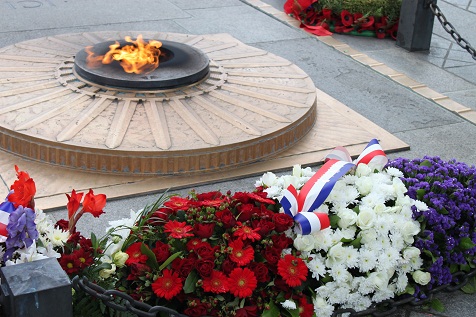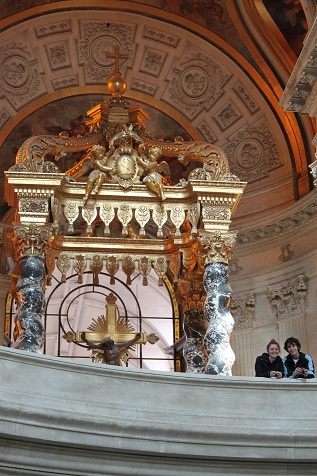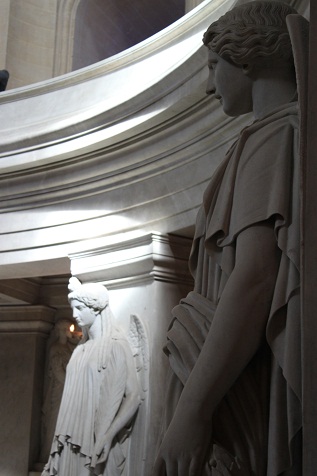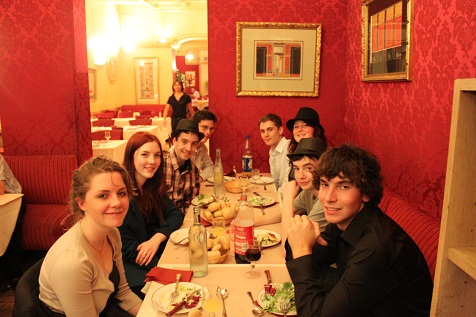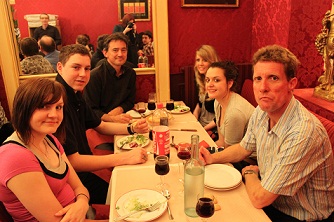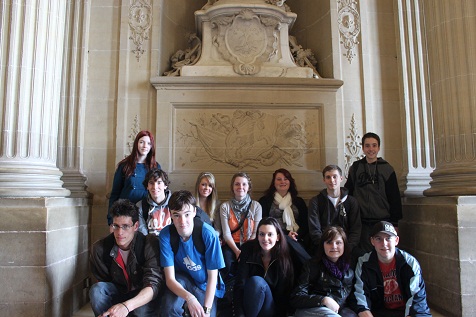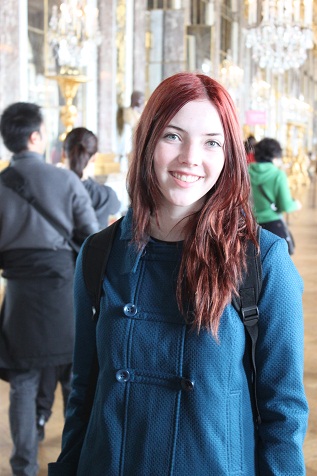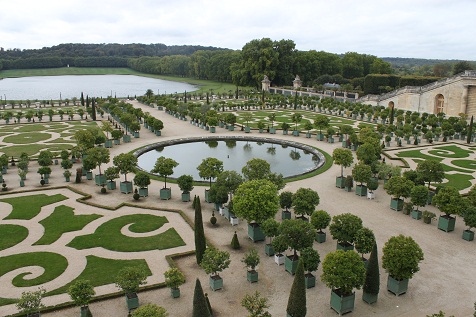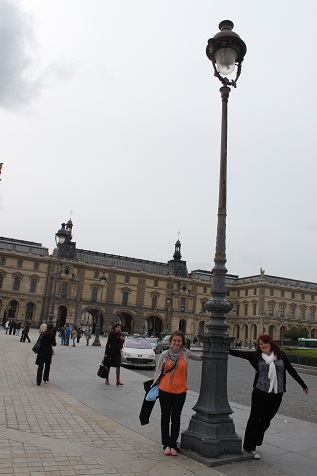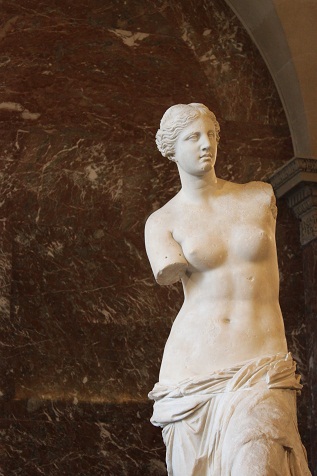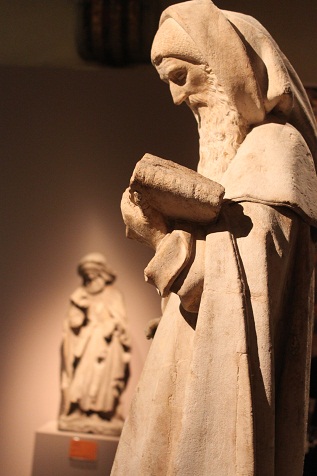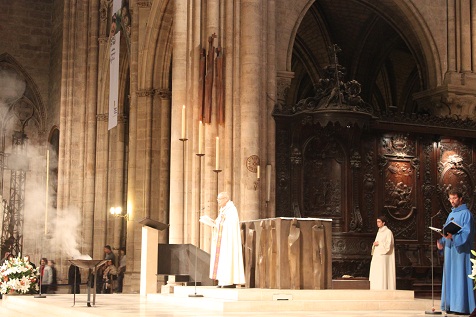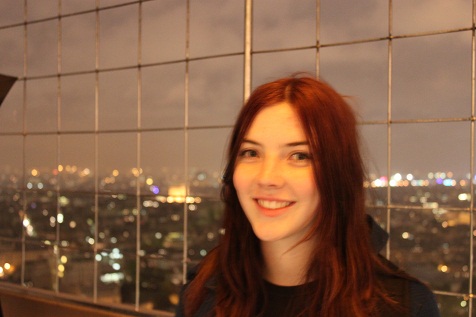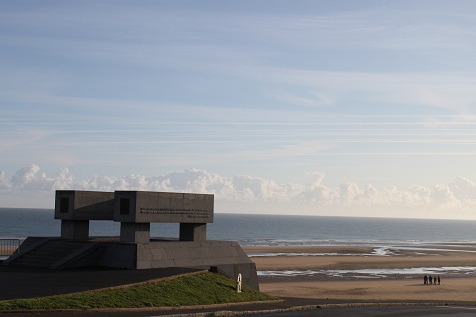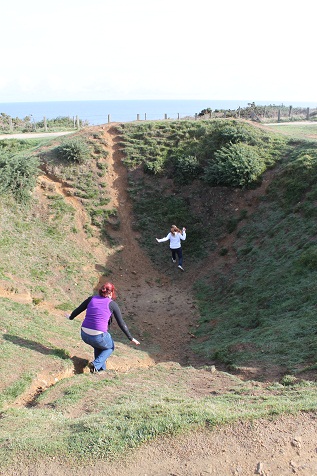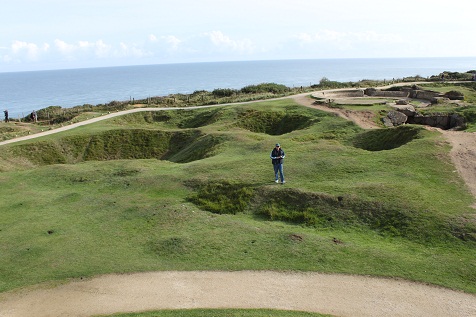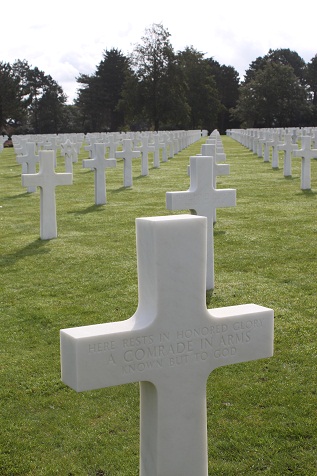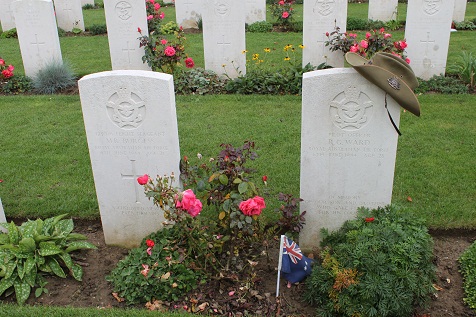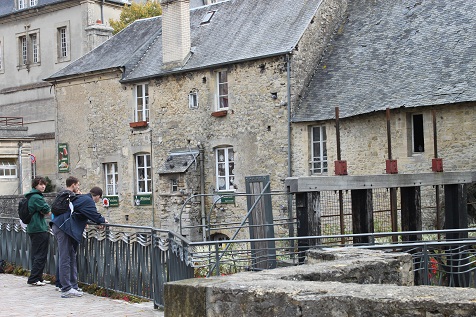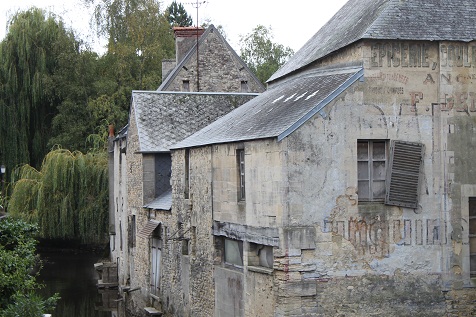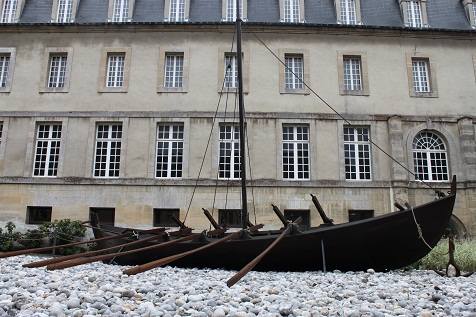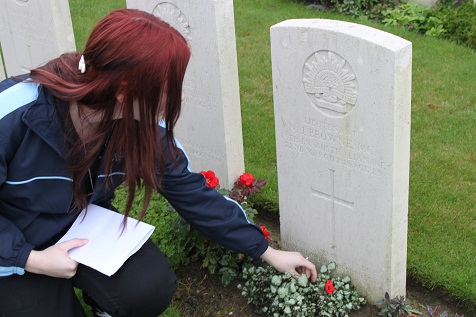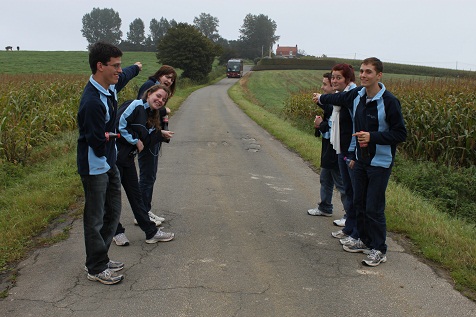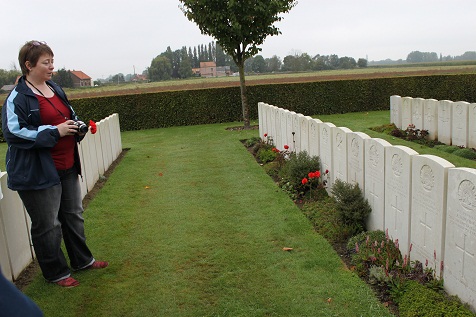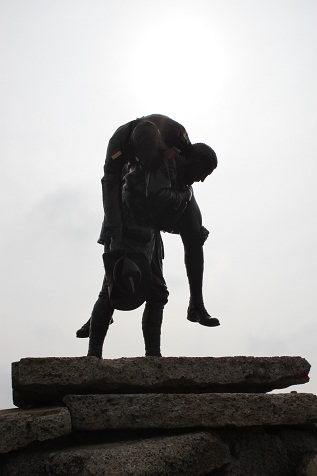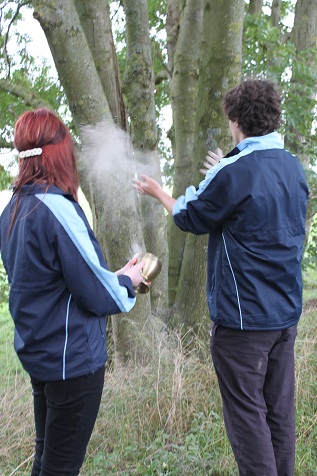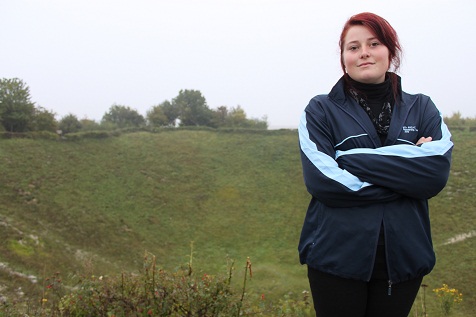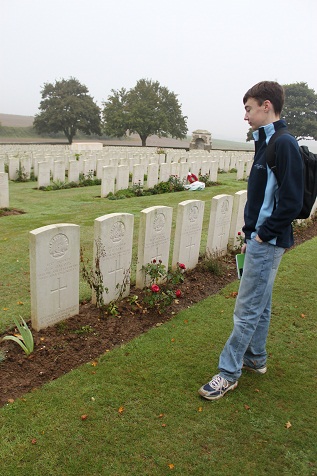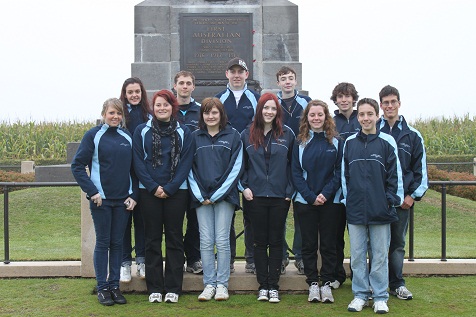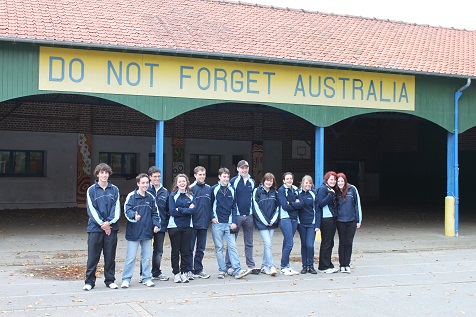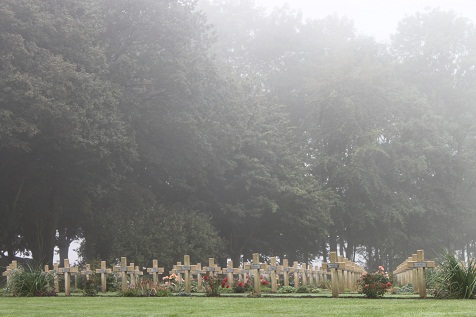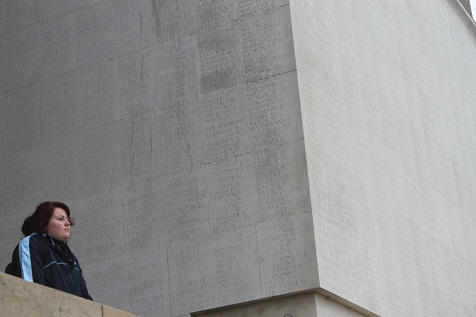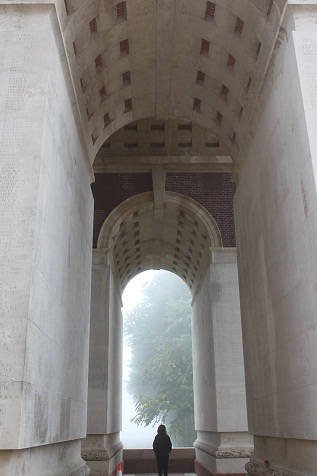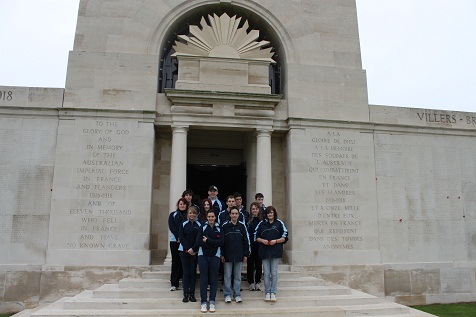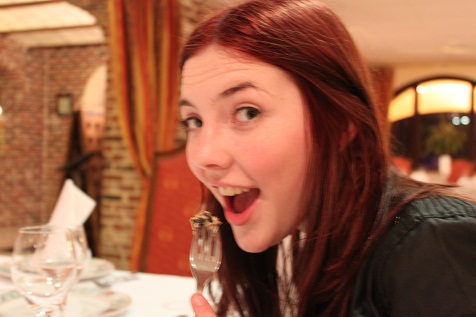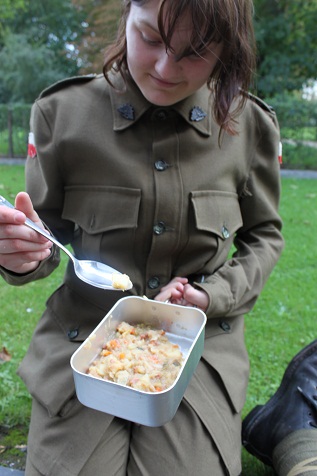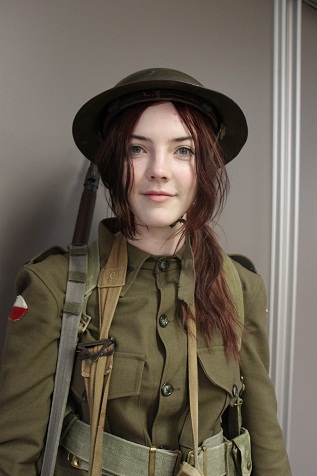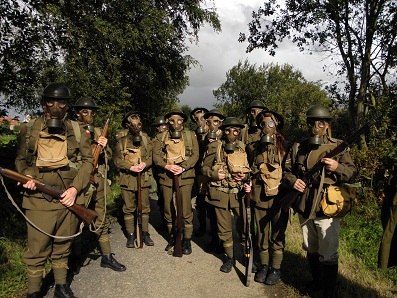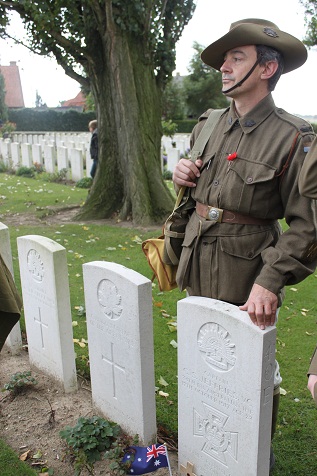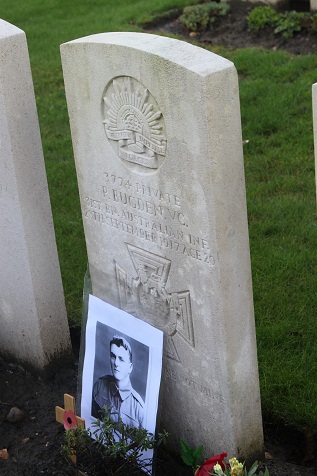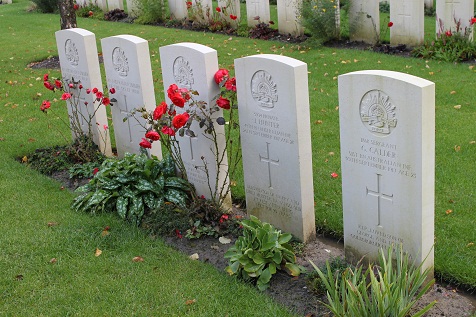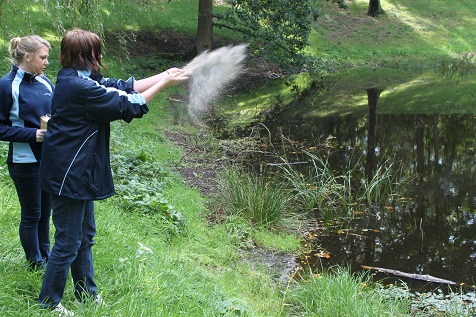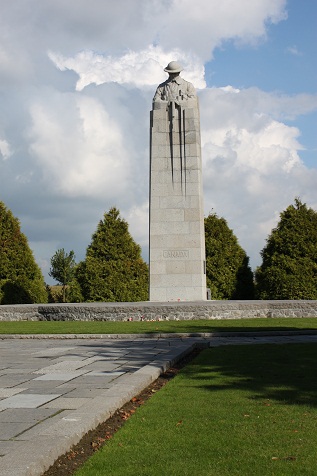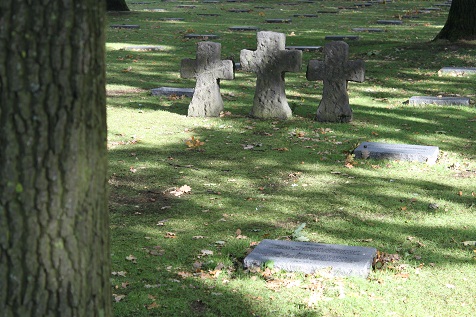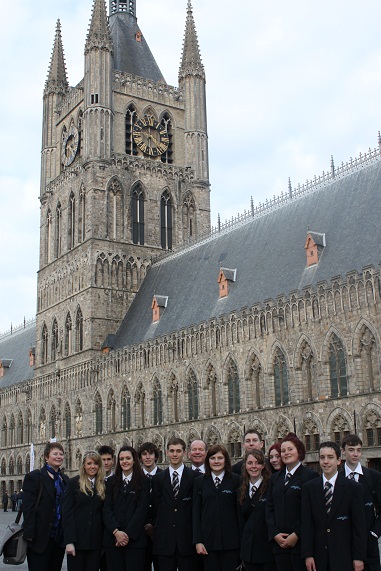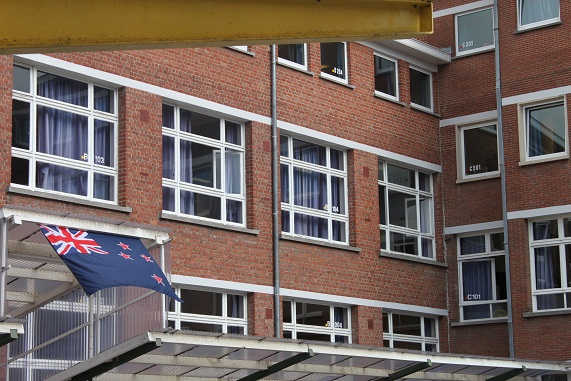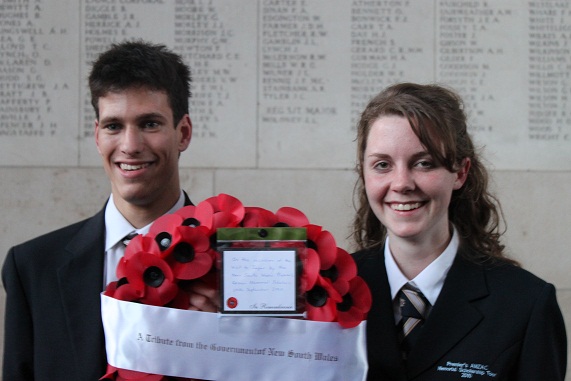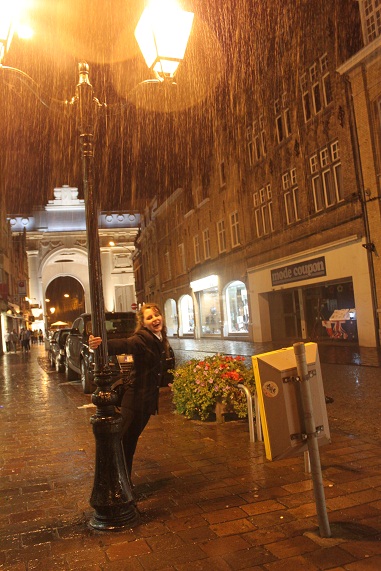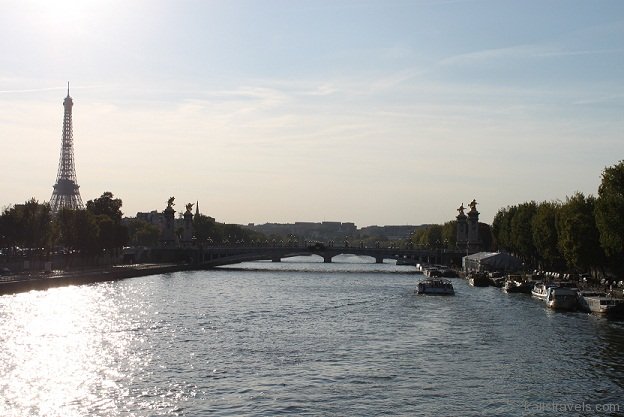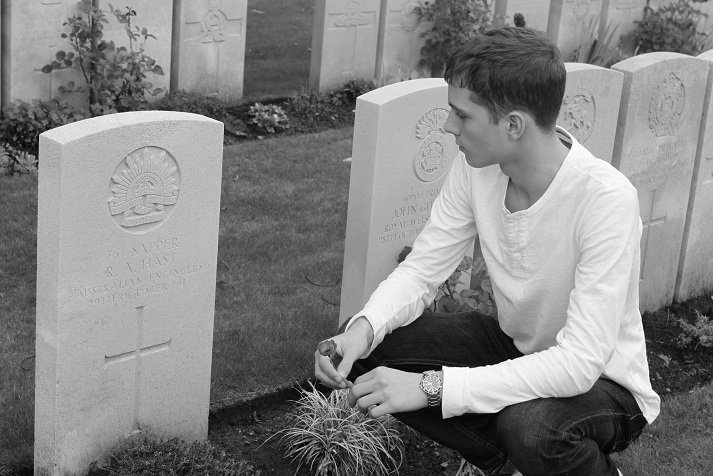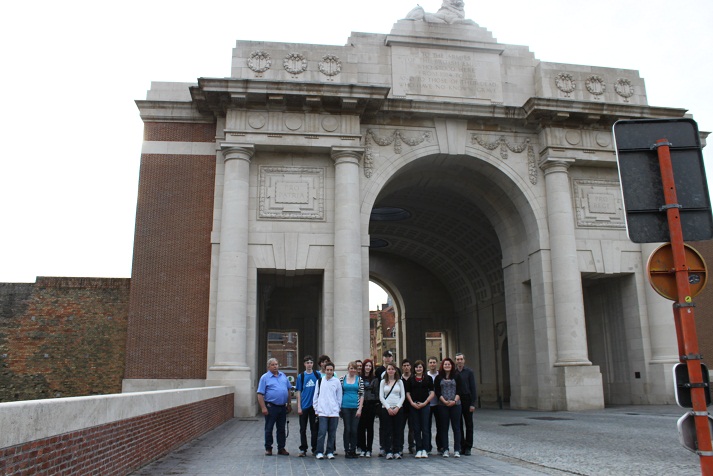Today is Remembrance Day, a day for the world to commemorate the sacrifices made by those who served in times of conflict. This day will be particularly significant for the 2010 ANZAC scholars, as we will reflect on our own experiences on the battlefields visited during the tour.
It’s hard to articulate exactly how this trip has changed and developed my knowledge of and respect for our ANZACs. It was the ultimate lesson in the most crucial chapter of our country’s history, incorporating factual and emotional elements, bringing the numerical statistics and landscapes into a tangible context.
Throughout the trip we were told tales of heartbreaking tragedy and unfathomable heroism, usually as we were standing at the site of their occurrence. To stand above the grave of an Australian soldier buried in the now peaceful fields of Belgium and Northern France, to read their name, age and sometimes a message left by their loved ones truly reinforces the reality of war and the immense impact it had on everyone’s lives. I felt so fortunate and grateful to have been involved in this experience, and I will do my best to communicate the values and knowledge gained from the trip to as many people as possible.
My father was able to re-establish contact with his university friends Brian and Judy Waterford whilst fossicking for sapphires in the Inverell District. It was during this time that we became aware of the story of the Kurrajongs through the publication “A Fine Body of Men”, published by the Inverell District Family History Group Inc. As a result, it was decided to pay tribute to this fine body of men by taking a gem that represented their country and their sacrifice. A red zircon was provided by the very considerate and generous Merv and John Wallburn, well known Inverell identities who operate Inishowen Resources Pty Ltd Inverell Blue Sapphire. Kerry Hall of Inverell Jewellers provided the facilities resources and advice on the gemstones. Debbie Rester, the talented and highly regarded gem cutter, extracted the full beauty of the gemstone. The stone was set into a sterling silver ring by a local jeweller.
This ring was to represent the hardness of the Inverell men, their strength and purity and the red symbolised the blood they spilt in these foreign lands. A connection was established and respect shown at the headstones of the soldiers when the ring was touched above the name of each soldier.
I would like to thank all those who contributed to the trip and gave me support and encouragement along the way; Jude and Checka for all of their brilliant organisation and constant help and assistance, Don Rowe and Darren Mitchell for their wonderful insights and contributions, Brad for sharing his abundant knowledge and intellect and for bringing the battlefields and their personalities alive, Richard for his valuable French skills and enthusiasm, John and Phillipa for ensuring the organisation and comfort of all the students, Stan for delivering us safely to or amazing destinations, the parents of the students for instilling such wonderful values in your children, my own parents and family for teaching me the importance of history and respectful commemoration, David Ardley for giving me the opportunity and encouragement to apply for this scholarship, Ray Petts for allowing me the honour of learning about his heroic grandfather, Rohan for all his technical assistance and giving me the opportunity to share my experiences with everyone, all those who read and commented on this blog and of course to my wonderful fellow scholars, thank you for your companionship, intelligence and maturity and for making this trip that extra bit spectacular.
